Classic Horror Behind the Scenes: “What Place is This?” Basil Rathbone and THE COMEDY OF TERRORS, Part 2.
In Part 2, we’ll discuss Rathbone’s beloved second wife Ouida, and his experiences making THE COMEDY OF TERRORS.
By Bill Fleck, author of the Rondo-nominated nonfiction book CHANEY’S BABY, available here.
(Check out the other articles on this Rondo-nominated website! You can access the homepage here.)
Did you know? Two-time Rondo-Award winning filmmaker Thomas Hamilton is in the process of making THE CHANEYS: HOLLYWOOD’S HORROR DYNASTY, which is inspired by my book, CHANEY’S BABY. (I’m also a producer on the film.) If you’d like to support the project, click here and see what’s going on. Thanks!
(Did you miss Part 1? You can find it here.)
Sunday, April 18, 1926. The Beekman mansion—owned by actor Joseph Thomas—439 East 51st Street. Basil Rathbone and Ouida Bergere finally marry. [1]
Getting to this moment after two years together hasn’t been easy.
First—as we’ve seen in Part 1—Rathbone carries significant emotional baggage, courtesy of his Great War experiences, a painfully drawn-out separation and divorce from Marion (his first wife), his estrangement from his son Rodion, and a daughter born out of wedlock that he keeps secret from the public.
And Ouida? As we’ve also seen in Part 1, she, too, keeps many secrets. These include her real name, her actual birthdate, the story of her upbringing, the duration of her acting career, the extent of her work as a screenwriter, and the number of husbands she has had.
It will soon become obvious that she hasn’t been forthcoming about her net worth, either.
In the meantime, there’s a wedding to try to make happen. On January 18, Rathbone’s marriage to Marion is finally dissolved. Ouida tells the press that she and Basil will be hitched on January 28. But the fact that both Rathbone and Ouida have been divorced—she admits to at least one, from producer/director George Fitzmaurice, to whom she was married when she and Basil first met—precludes their union from taking place in either his church (Episcopal) or hers (Catholic). Dates are continually proposed, but the marriage just doesn’t happen. THE DAILY NEWS refers to the planned nuptials as jinxed.
Relief finally occurs when the Dutch Reformed Rev. Charles Hampden of St. Michael the Archangel’s church agrees to perform the ceremony in private quarters.
As such, a top-floor suite at the Beekman is repurposed. One room is converted into a chapel. The altar is covered in flowers, and acolytes swing thuribles of incense.
Ouida is given away by actor John E. Miltern. Her maid of honor is noted stage actress Blanche Yurka. Basil’s best man is the prolific English author Cosmo Hamilton. A dozen friends—including Ethel Barrymore, Aileen Pringle, and Countess Irene di Robilant—attend the ceremony. The reception—in true Ouida form—is an elaborate affair where two or three hundred guests are entertained, “many of them notables in the theatrical and musical worlds,” THE DAILY NEWS reports. [2]
The couple—who are very much in love—could not be happier. They settle at the Beekman, the very structure in which they’ve been married.
[Above: THE DAILY NEWS announces the marriage of Ouida and Basil. Note that they describe previous attempts as jinxed.]
Friday, June 11, 1926. A headline in THE NEW YORK TIMES reads, “Ouida Bergere Bankrupt.”
This is less than two months following her wedding to Basil.
According to the TIMES, Ouida owes money to the Daimler Car Company, various clothing outlets and hotels, and even the New York Telephone Company.
Her debt comes to $9,399.10 against $150 in assets. [3]
This, of course, raises eyebrows at the time…and continues to do so today among Rathbone scholars.
It’s obvious that the tales Ouida has been telling regarding her wealth are fabrications.
“While it is true she was working for a major studio prior to meeting Basil,” Rathbone’s biographer David Clayton points out, “it seems much of her supposed wealth may have been cleverly exaggerated.”
The fact that she quits working for that major studio when she marries Rathbone—ostensibly to be by his side while he focuses on his career—has folks scratching their heads as well.
After all, she didn’t do that for her most recent ex…
“Something didn’t add up,” Clayton concludes, “and it wasn’t only Ouida’s bank account.”
If it’s not adding up for Basil, he isn’t saying a thing about it. He publicly supports and praises his wife at every given opportunity. Scholars today still don’t know if Basil knew all about Ouida’s secrets and went along with her cover stories, or if he was genuinely left in the dark.
In any case, Ouida’s parties don’t end. As we’ve seen in Part 1, Basil’s star rises shortly after their marriage. He earns a lot of money as a result…which he pours into his life with Ouida.
But it’s never enough.
So much so, that a teary-eyed Basil will later reveal to fellow actor Louis Heyward that Ouida is breaking him financially.
Later, after moving to Hollywood and raising Ouida’s niece—also named Ouida—The Rathbones adopt a daughter they name Cynthia in 1939, shortly after THE HOUND OF THE BASKERVILLES is released. [4]
At least publicly, then, the picture is of a happy couple, deeply in love. But behind the scenes, there are cracks. Basil is known to have had at least two affairs while married. [5] And as time has gone on, the constant need for money has pressured him to take jobs he doesn’t want…or to keep on playing Sherlock Holmes until he finally cuts loose in 1946.
[Above: Basil and Ouida. She had a rep as Hollywood’s most fabulous hostess. But friends and family felt that her spending habits forced Basil to take on work he despised just to keep the wolf away from the door. He never complained…at least, publicly.]
As we’ve seen in Part 1, he moves to New York shortly thereafter to rekindle his career on stage. It works at first, since he has a significant hit with THE HEIRESS. But money is still an issue, and the fickle nature of the theater doesn’t help.
“I’ve had to find a way of making some income other than the hopeless gamble of Broadway…” he’ll explain to the ARIZONA REPUBLIC. “Of course, I do pictures here and television there, but it doesn’t make a substantial income. Just pocket money.”
The fact that the nature of motion pictures is in flux also needs to be considered.
“When movies changed, we were all sort of edged out by the Brandos, the Jimmy Deans, and the people who didn’t speak English anymore,” Rathbone’s COMEDY co-star Vincent Price explains. “Suddenly, we had to go into other areas of the business, like the costume pictures and places where we would be understood.”
One way Rathbone copes is to hit the road in his one-man show, IN AND OUT OF CHARACTER. Such shows, he notes, are becoming very common—stars like Judith Anderson, Burgess Meredith, and Charles Laughton are already on the road.
“That’s a hell of a lot of Broadway stars who are doing this because it’s a must,” Rathbone says. “The must is that we have to make a living and most of us simply cannot afford to wait on the theater.”
[Above: Rodion, Ouida, and Basil. Father and son were reunited in the late 1930s. But an explosive fight over Rodion’s wedding—and Ouida’s part in it—splintered their relationship, which never recovered.]
The road to projects like THE COMEDY OF TERRORS is paved in this way.
“That Basil Rathbone accepted a deal with AIP spoke volumes of his movie opportunities at that stage,” Clayton laments.
Still, THE COMEDY OF TERRORS will turn out to be both a great experience for Rathbone and a box office success. It will also be the best film Rathbone will make in the 1960s.
As we’ve seen in Part 1, Rathbone has initially been contracted to play Vincent Price’s senile father-in-law. Boris Karloff has been assigned the part of Price’s landlord John F. Black…a man who is continually murdered but refuses to stay dead. And—as we’ve seen—thanks to Karloff’s aching legs, the two stars have switched parts.
Price isn’t sure the idea is a good one, at least at first.
“I hadn’t seen Basil for some time,” he’ll say later, “and was shocked at how much he had aged.”
But it soon becomes obvious that Rathbone is more than spry enough for the energetic role.
“Basil did virtually all his own stunts,” screenwriter Richard Matheson will marvel. (The same cannot be said for Peter Lorre, playing Price’s reluctant henchman. The sickly Lorre is frequently doubled by Harvey Patty in a Lorre mask. To read more about what is going on with Lorre at this time, click here.)
Wednesday, September 4, 1963. Production begins on THE COMEDY OF TERRORS.
Because the shooting schedule is a brief fifteen days, director Jacques Tourneur (CAT PEOPLE) sticks to the tried-and-true AIP procedure: a quick one-day read through and blocking session, followed by Floyd Crosby’s cameras turning with little or no rehearsal.
The stars are also welcome to contribute ideas of their own…something the ad-lib prone Lorre truly appreciates.
An added benefit is that Rathbone, Karloff, Lorre, and Price genuinely like each other.
“We respect each other,” Rathbone will say. “As an example, Vinnie said, ‘I’ve asked them to favor you with the camera in this scene because it’s your entrance.’ This is not usual. You won’t find this with many stars…We all know each other—three [sic] old pals.”
Sara Karloff, visiting her father on the set with her two sons, concurs.
“I had such a good time on those sets,” she’ll remember later, “mainly because all these remarkable men had such camaraderie, professional respect for one another, humor, and enjoyment of what they were doing. It was marvelous to see.”
[Above: Vincent Price convinced cameraman Floyd Crosby to favor Basil in Basil’s first scene. “This is not usual,” an appreciative Basil will say. Rathbone, Price, Karloff, and Lorre genuinely liked and respected each other.]
Even more marvelous is Rathbone’s unfolding performance.
“Outdoing all his compatriots,” Karloff’s biographer Scott Allen Nollen opines, “Rathbone mercilessly spoofed his Shakespearian career…”
“[H]e was still marvelous in the picture and we had a lot of fun,” Price will recall. “I remember he hated lying in that coffin. He was almost violent about getting out of it after every set-up and he fought like hell to avoid retakes. I guess that thing made him nervous.”
Thursday, December 5, 1963. RKO’s 86th Street Theatre, New York. THE COMEDY OF TERRORS is previewed.
THE HOLLYWOOD REPORTER likes it—“It will be one of AIP’s reliable moneymakers”—though the NEW YORK TIMES and THE LOS ANGELES TIMES aren’t fans.
“I felt ashamed to watch once reputable actors hamming it up all over the place,” writes the L.A. TIME’s Philip K. Scheuer, “making a mockery of whatever is left of their poor images.”
But filmgoers have no such compunction. As such, box office for THE COMEDY OF TERRORS is good.
“It made money,” Matheson will say. “Everything they did made money. I mean, they didn’t spend enough to lose money.”
Seen today, the film is still very entertaining, particularly for Monster Kids. The photography, sets, and music score are all serviceable, and the script features a lot of brisk, macabre laughs. Much of this is due to the expert delivery on behalf of all concerned, including Joyce Jameson as Price’s long-suffering wife. And the definite chemistry between the roly-poly Lorre and the towering Price has never been better.
But Rathbone steals the show.
From his first powerful appearance—wherein he demands back-rent payment from Price, or else!—to the effective closing gag (when it turns out that he’s not dead yet again), Rathbone is a marvel of comic sound and fury. So much so, that it’s impossible to see anyone else—even Karloff—in the part.
Some of the film’s critics notice.
“Rathbone is excruciatingly funny,” the LOS ANGELES HERALD EXAMINER notes, “in satirizing the Shakespearian actor, who, ostensibly mortally wounded, keeps rising from the floor to give one more line.”
Later reviews, such as one in SACRED SILLY, agree.
“Basil Rathbone tears the screen apart as a man who just can’t quite seem to stay dead,” they write. “It’s a tour de force performance that also illustrates how underrated a comedy talent Rathbone was.”
[Above: THE COMEDY OF TERRORS’ most effective running gag—Rathbone’s John F. Black simply won’t stay dead! Rathbone gives a marvelously comic performance, and steals the show.]
So pleased is the studio with Rathbone—and the picture in general—that they ask Matheson to write a follow-up. As such, he concocts SWEETHEARTS AND HORRORS, intending to use Rathbone, Karloff, Price, and Lorre again…and adding Tallulah Bankhead to the mix.
But the film is never made.
For Rathbone, THE COMEDY OF TERRORS is a last highlight. The work that he will complete before his death of a heart attack on July 21, 1967—aged 75—is uniformly dreary.
As such, when his granddaughter Dounia asks to visit him on set, he puts her off.
“This is so awful,” he says, “that I really don’t want you to see me doing this.”
“I felt sad for him,” Dounia will say later. “This is not fact, more conjecture, but I felt that at the end—because Ouida needed to live a certain lifestyle—he was working himself to death, doing lecture tours and B-movies that he hated. It’s hard to be up so high and fall so far. Especially if he didn’t have a supportive marriage.” [6]
Still, nearly sixty years after his death, Basil Rathbone maintains his status as a Hollywood icon. His clipped, passionate delivery, athleticism, unique profile, obvious intelligence, and magnetism still leap off the screen.
And, yes—in my opinion, anyway—he is still the ultimate Sherlock Holmes…something he may have eventually made peace with.
“[A]n extraordinary man,” Vincent Price sums up before his own death in 1993. “A very intelligent and wonderful man, but rather bitter at the end of his life about having been stuck in the Sherlock Holmes films. However, I think he would have been pleased now to see the revival of them…”
I’m inclined to believe that Mr. Price was correct.
NOTES
[1] The suite was apparently home to the Countess of Dato. See THE DAILY NEWS, April 19, 1926.
[2] The number of guests varies depending on the source.
[3] A debt of $165,000 vs. assets of about $2600 at this writing.
[4] As we’ve seen, some scholars hint that Ouida Jr. may actually be Ouida’s biological daughter, but that isn’t one-hundred percent certain at this writing. Cynthia is adopted after Ouida suffers a number of miscarriages.
[5] See Jessen, “The Women in Basil Rathbone’s Life.” See also Clayton, pp. 131-132.
[6] Dounia is the daughter of Rodion and actress Caroline Fisher, Rodion’s wife. Rodion and Basil were reunited in the late 1930s—he even lived with Basil and Ouida, and appeared with his father (and Karloff) in TOWER OF LONDON (1939). A falling-out occurred when Rodion and Caroline accused Ouida of making their wedding all about her (Ouida). Basil supposedly lost it, and ordered Rodion out of his house: “I never want to see you again!” Years later, Dounia tried to intervene, but Ouida “regaled me for two hours with tales of how awful my parents were…Basil was quiet and I came away feeling she had all the power, because he gave it to her” (Clayton, p. 170).
SOURCES
“Bergere-Rathbone Wedding in 11 Days.” DAILY NEWS. January 18, 1926, p. 79. Print.
Clayton, David. THE CURSE OF SHERLOCK HOLMES. Gloucestershire: The History Press, 2020. Print.
Eisner, Joel. THE PRICE OF FEAR: THE FILM CAREER OF VINCENT PRICE IN HIS OWN WORDS. Bed Black Sheet/Diverse Media, 2013. Ebook.
Jacobs, Stephen. BORIS KARLOFF: MORE THAN A MONSTER. Sheffield, England: Tomahawk Press, 2011. Print.
Jessen, Marcia. “Ouida Bergere Rathbone.” www.basilrathbone.net. Accessed January 9, 2024. Web.
Jessen, Marcia. “The Women in Basil Rathbone’s Life.” www.basilrathbone.net. Accessed January 9, 2024. Web.
Mank, Gregory William. BELA LUGOSI AND BORIS KARLOFF. Jefferson, NC: MacFarland and Co., Inc., 2009. Print.
NeveR. “Interview With Marcia Jessen.” THE BAZ. September 11, 2012. www.thegreatbaz.wordpress.com. Accessed January 11, 2024. Web.
Nollen, Scott Allen. BORIS KARLOFF: A GENTLEMAN’S LIFE. Baltimore: Marquee Press Inc., 1999. Print.
“Ouida Bergere Married at Last, Despite Divorce.” DAILY NEWS. April 19, 1926, p. 74. Print.
“Ouida Bergere Wed to Basil Rathbone.” THE NEW YORK TIMES. April 19, 1926. Print.
Rathbone, Basil. IN AND OUT OF CHARACTER. New York: Limelight Editions, 1956, 1962. Ebook.
The photographs contained herein are used for educational purposes only. I do not own the copyrights.
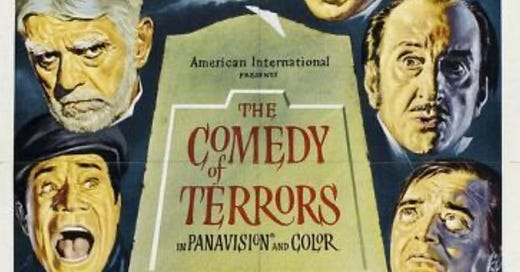



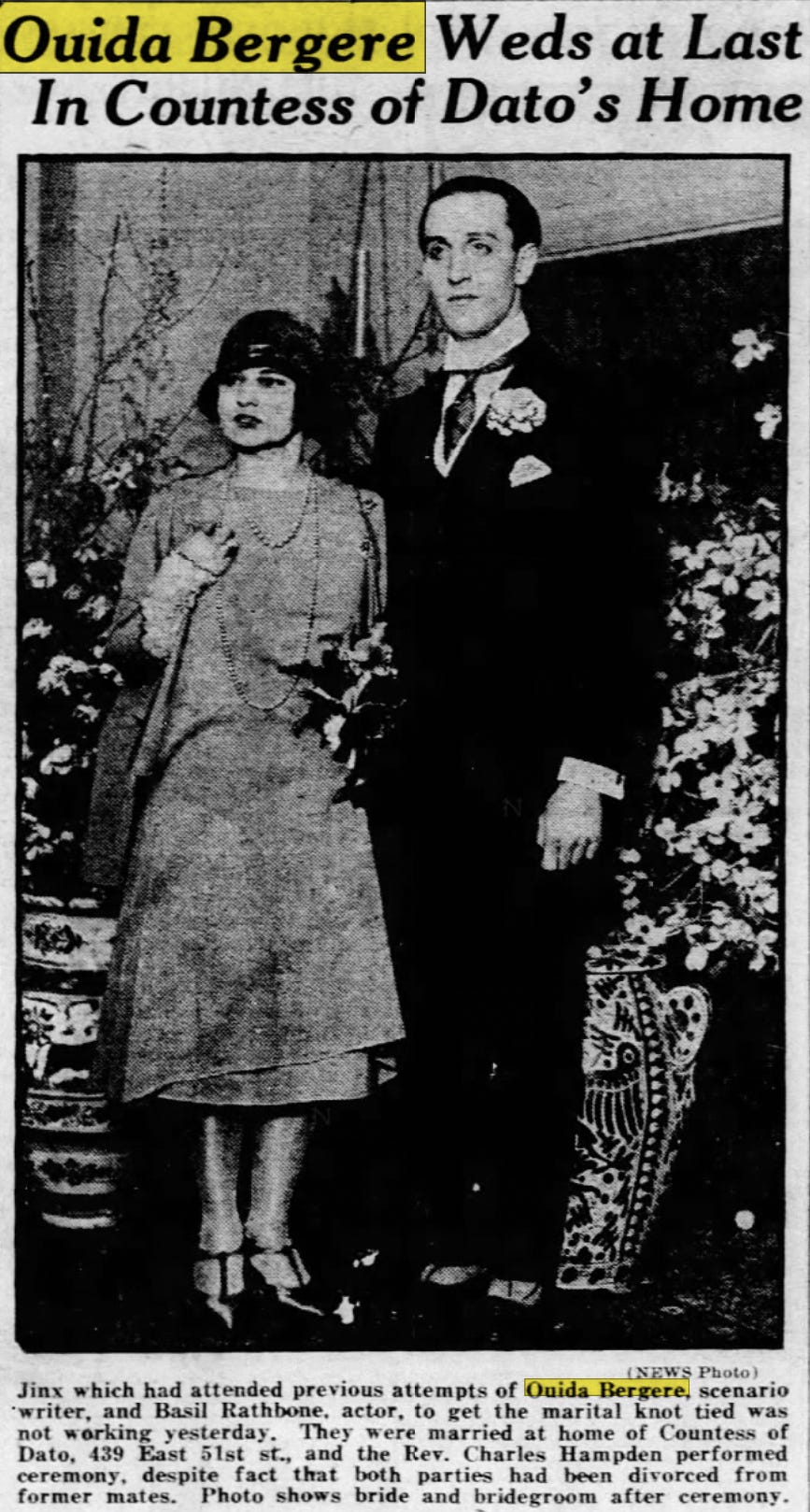
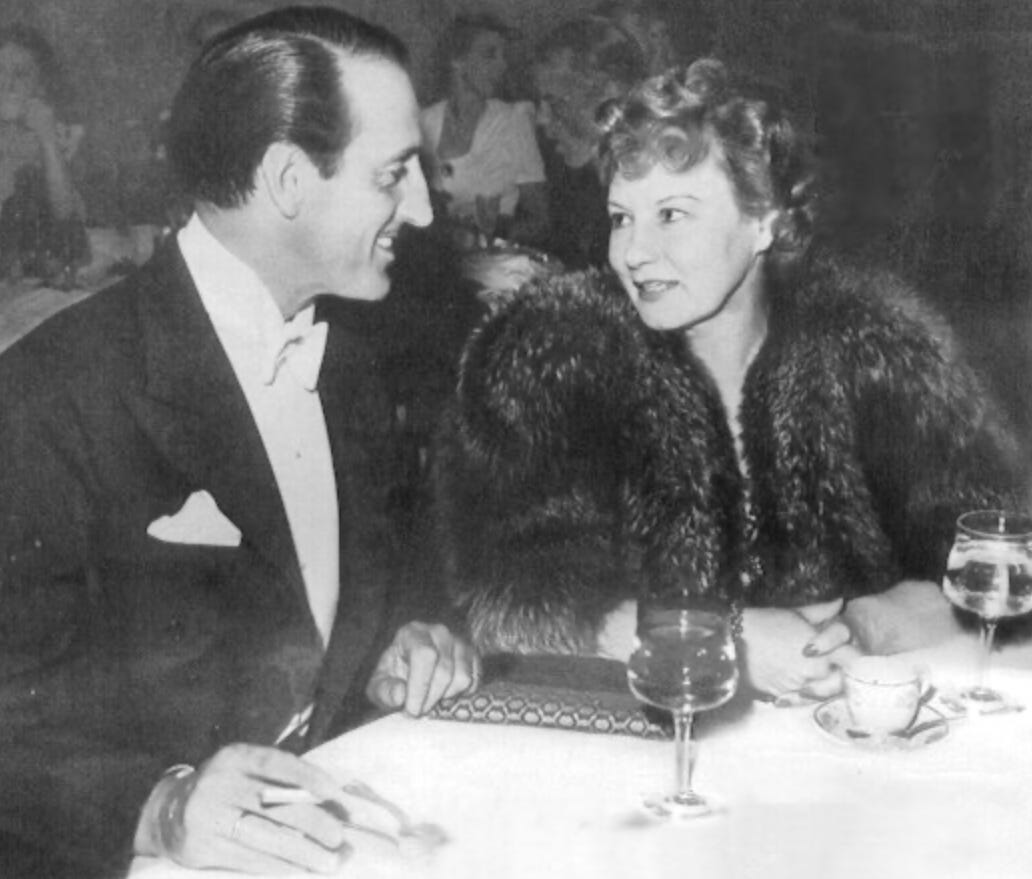
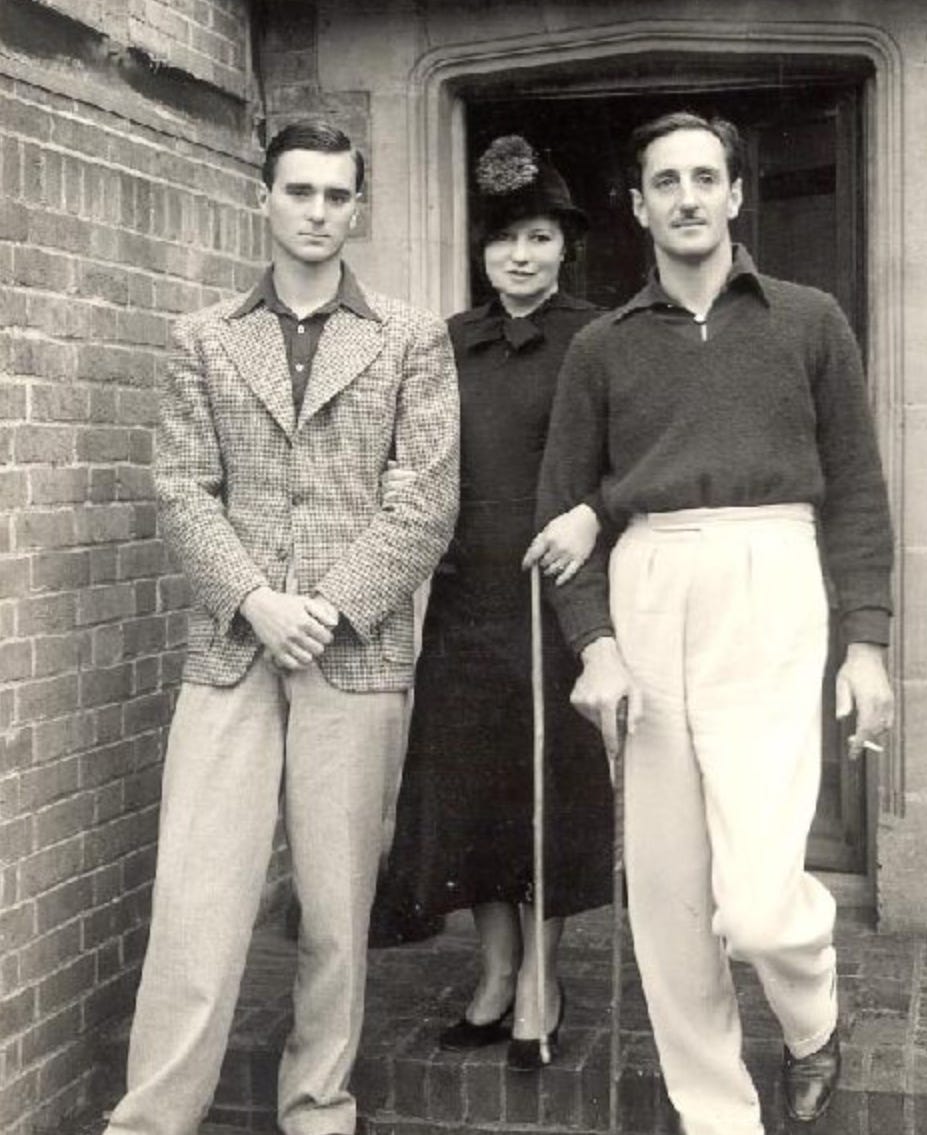
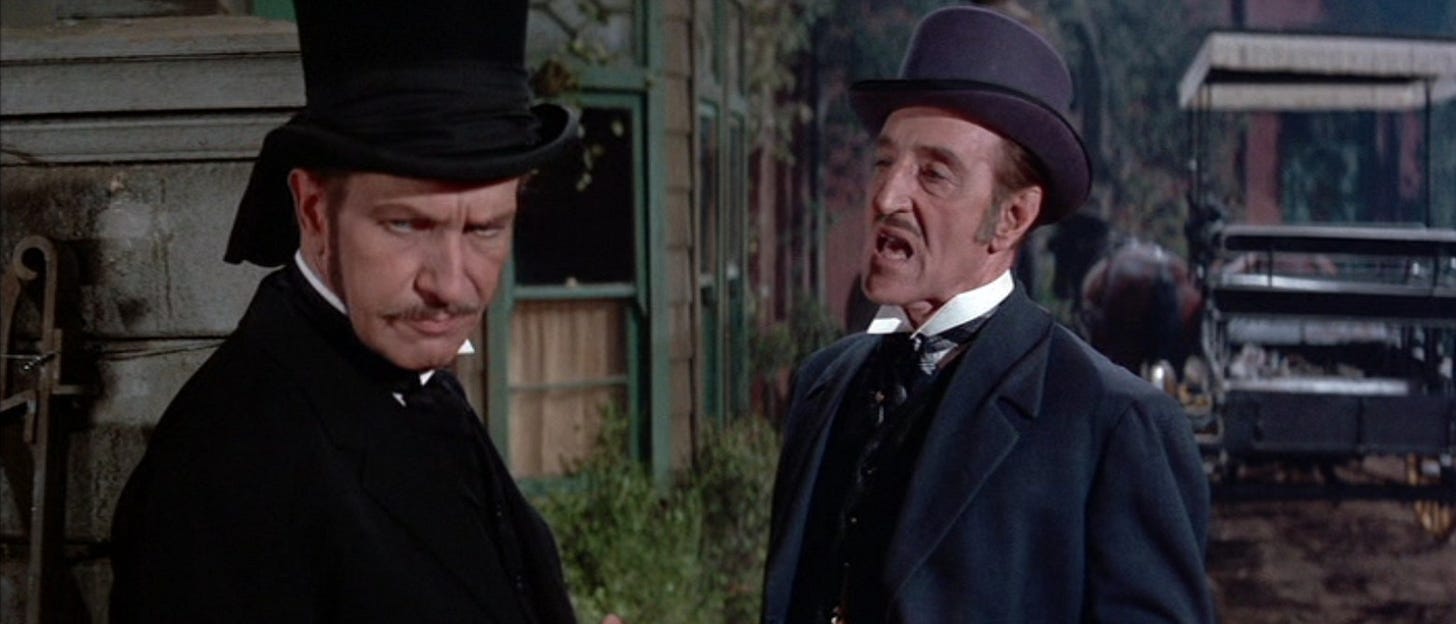
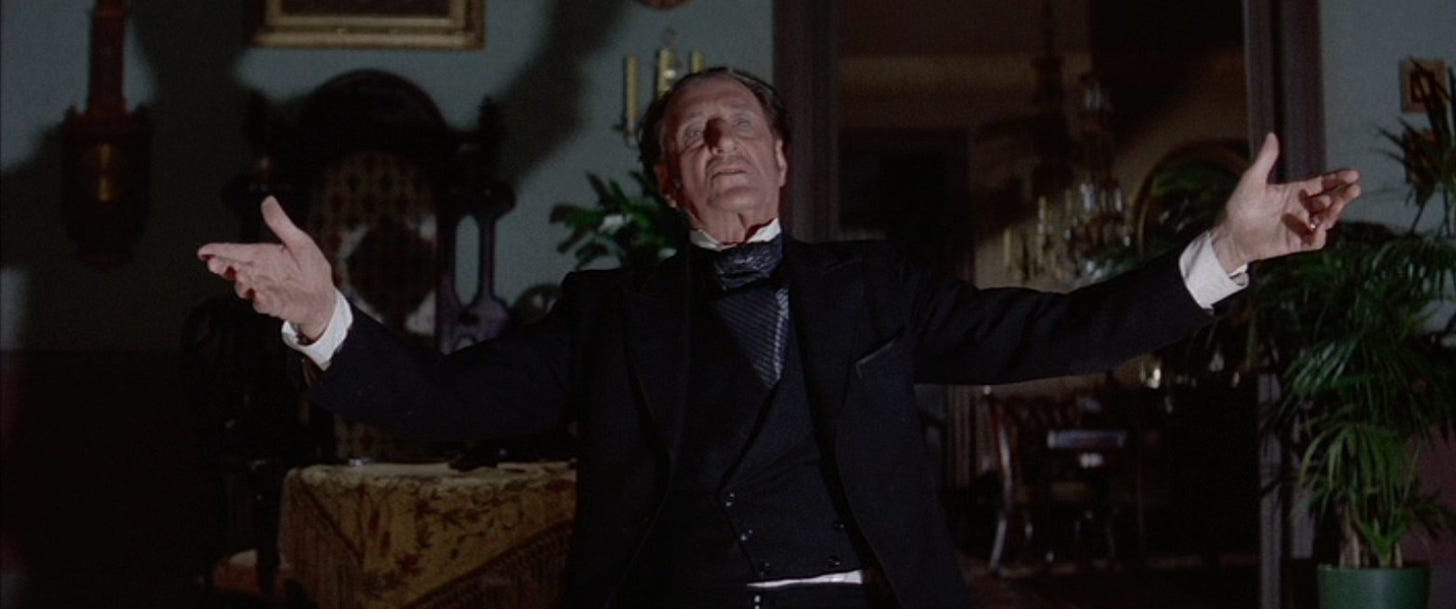
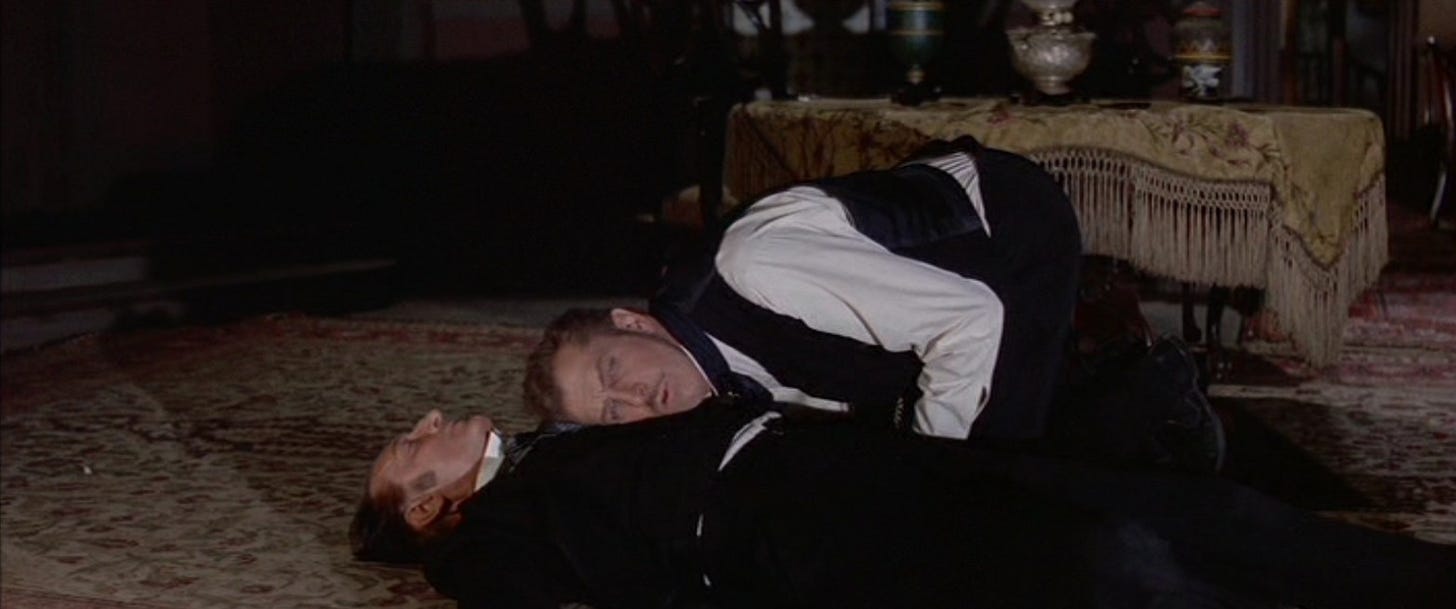
It's a terrible shame that Basil was so messed up from the war and full of such mental despair that he allowed himself to be led by Ouida. I don't honestly think he was happy with her for most of their marriage but he had no fight left in him...but SHE did. She threatened to take away his child and expose the affair he was having (including the woman he was involved with). As "no fault divorce" did not exist at the time, Ouida would have obtained full custody of his child and, try to ruin his career by defaming him (and his mistress). In the end, it was just easier, in his mind, to stay I guess. It was a largely loveless and sexless marriage, which seemed to work for Ouida (as Basil was her meal ticket), but Basil sought the intimacy he must have so craved in extra marital affairs, and when he finally fell in love with someone else, Ouida ensured that Basil would not leave her, and if he did, he would pay. Basil made some terrible decisions in his life (especially as it related to his first wife and son), and I wonder if he felt that being forced to stay in his miserable marriage was his pennants. I'm guessing the thought of abandoning another child was probably more than he could face as well.
I saw this movie when I was 9 years old. It still holds up.